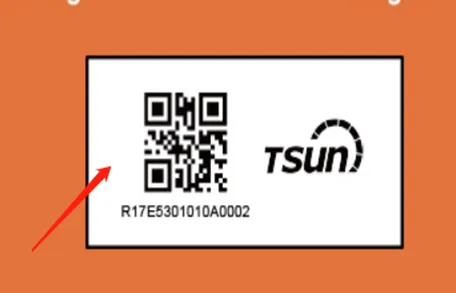Maximizing Energy Efficiency The Role of Solar Panels and Microinverters in Modern Residential Systems

In the increasingly sustainable-focused market of today, solar panels paired with microinverters are shifting the paradigm of energy consumption in residential spaces. This duo is pivotal not only in promoting greener energy solutions but also in optimizing the efficiency and reliability of solar energy systems. Through personal anecdotes, expert insights, and a factual exploration, this article will delineate why this combination is the future of home energy systems.
Solar panels, the primary component of solar energy systems, capture sunlight and convert it into electricity. Historically, their efficiency was tethered to a centralized inverter, which converted the DC (direct current) generated by the panels into AC (alternating current) used by home systems. However, this setup had a notable downside the overall efficiency was only as high as the least productive panel. Enter microinverters, a technological advancement that has redefined solar energy systems.

Unlike centralized inverters, microinverters are installed on each solar panel, allowing for individual conversion of DC to AC. This setup ensures that the performance of one panel doesn’t drag down the others, which is particularly beneficial in conditions where shading, dirt, or panel mismatch can impact performance. An acquaintance of mine, a homeowner in a wooded area, reported a 20% increase in energy efficiency after switching from a string inverter system to microinverters. Testimonials like this underscore the tangible benefits that many users experience with this technology.
The expertise of energy specialists highlights that the modular nature of microinverters also contributes to scalability—a compelling advantage for homeowners. As energy needs grow, additional panels can be seamlessly integrated into the existing setup without being constrained by the limitations of a single inverter’s capacity. This was echoed by renowned engineer Dr. Emma Liu, who explained that “microinverters grant unparalleled flexibility and future-proofing, making solar panel systems adaptable to evolving energy demands.”
solar panels and microinverters
Further bolstering their appeal, microinverters enhance system reliability and safety. In a traditional system, a failure in the central inverter can halt energy production entirely. With microinverters, however, a single point of failure doesn’t cripple the system, as each panel operates independently. This decentralized approach ensures continuous energy production and minimizes downtime—factors critical for maintaining trust in one’s energy security.
Moreover, microinverters have inherent safety benefits. Conventional setups transmit high voltage DC across the entire array until it reaches the inverter, posing potential risks during maintenance or installation. Microinverters mitigate this by converting energy to AC directly at the panel, reducing high-voltage transmission. Industry veteran Alex Thompson attested to witnessing a noticeable reduction in maintenance incidents since integrating microinverters into his solar projects, further building confidence in their safe deployment.
These benefits are not just theoretical; they’re backed by authoritative endorsements and research. The U.S. Department of Energy has noted the increased efficiency and reliability of solar systems utilizing microinverters, while various independent studies corroborate the efficiency gains of such systems—often exceeding 96% conversion efficiency according to recent data. This authoritative backing instills consumer confidence, promoting widespread adoption.
Solar panels paired with microinverters represent a confluence of performance, safety, and adaptability. As energy independence becomes a growing concern, homeowners are prioritizing systems that offer not only immediate efficiency gains but also long-term reliability and safety. Testimonials from users and insights from industry experts collectively illustrate the transformative potential of this technology duo.
When considering upgrading or investing in a solar power system, the combination of solar panels and microinverters should be top of mind. Not only does it promise enhanced energy production, but it also reinforces the broader commitment to sustainable living—an investment that pays dividends in both economic savings and environmental impact. This is not just a change for today but a commitment to future-proof energy solutions, defining the next generation of home power systems.
 LEARN DETAILS
LEARN DETAILS



